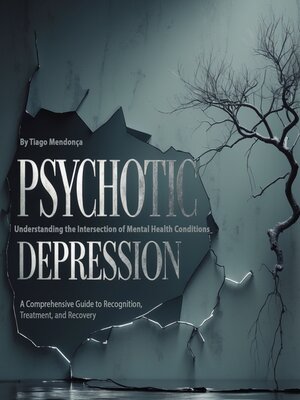Psychotic Depression
audiobook (Unabridged) ∣ Understanding the Intersection of Mental Health Conditions
By Tiago Mendonça

Sign up to save your library
With an OverDrive account, you can save your favorite libraries for at-a-glance information about availability. Find out more about OverDrive accounts.
Find this title in Libby, the library reading app by OverDrive.



Search for a digital library with this title
Title found at these libraries:
| Library Name | Distance |
|---|---|
| Loading... |
This audiobook is narrated by a digital voice.
Psychotic depression represents one of the most severe and complex forms of mental illness, yet it remains widely misunderstood even within medical communities. This condition, formally known as major depressive disorder with psychotic features, affects approximately one percent of the global population, though experts believe the actual numbers may be significantly higher due to misdiagnosis and underreporting. Unlike typical depression, which primarily affects mood and energy levels, psychotic depression introduces elements of psychosis that fundamentally alter an individual's perception of reality.
The clinical definition of psychotic depression requires the presence of a major depressive episode accompanied by psychotic symptoms such as hallucinations or delusions. These symptoms must occur during the depressive episode and cannot be explained by other mental health conditions or substance use. The distinction is crucial because the treatment approach differs significantly from that of standard depression or standalone psychotic disorders.
Hallucinations in psychotic depression most commonly manifest as auditory experiences, though visual, tactile, and olfactory hallucinations can also occur. Patients frequently report hearing voices that criticize, mock, or command them to perform certain actions. These voices often reinforce the negative thoughts and feelings already present due to depression, creating a devastating cycle of psychological torment. Visual hallucinations, while less common, typically involve seeing deceased relatives, shadowy figures, or distorted images that align with the patient's depressed mood state.







